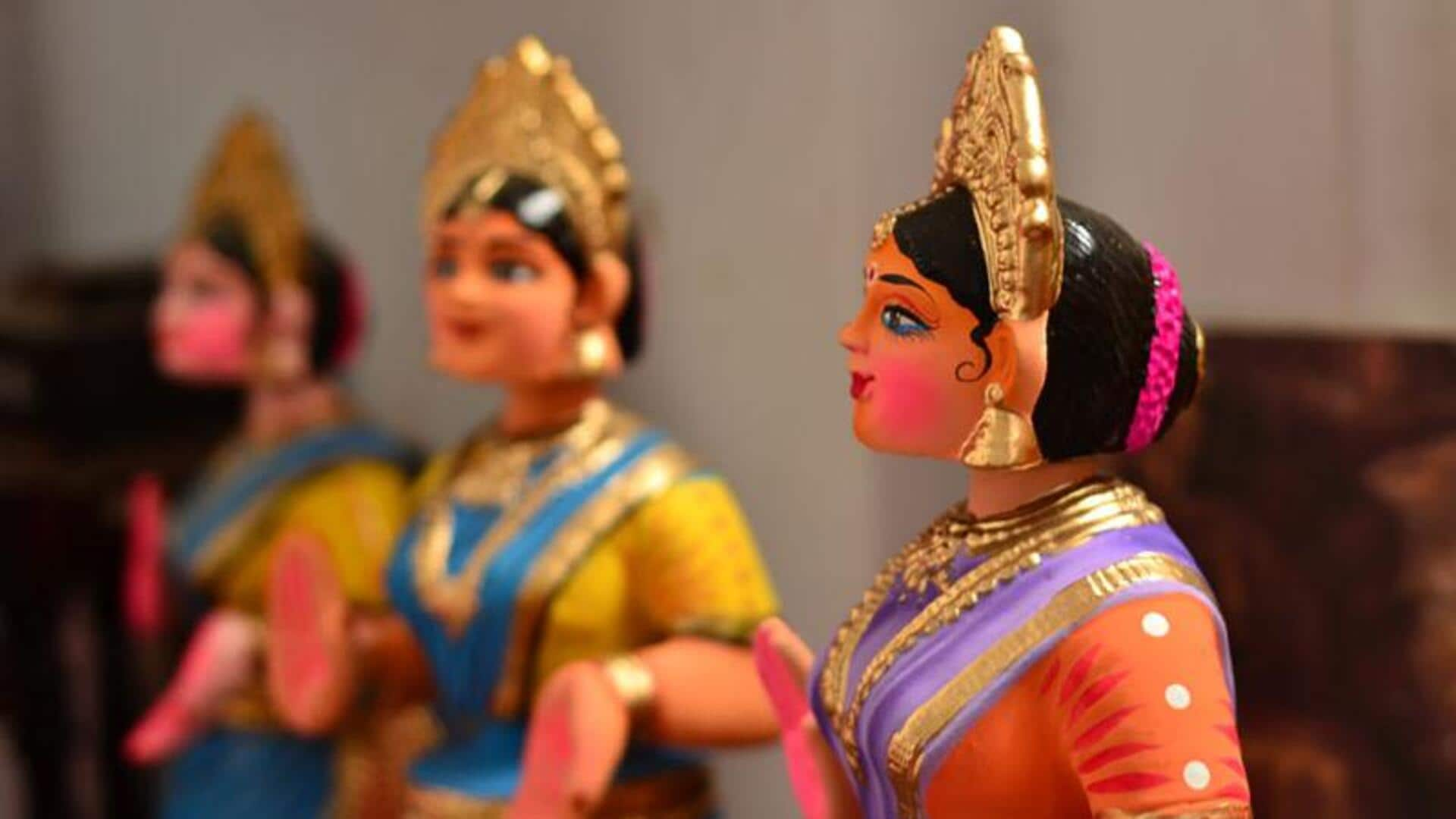
Thanjavur dolls: A traditional art form in Tamil Nadu
What's the story
Thanjavur dolls are a traditional art form from Tamil Nadu, India. These colorful, handcrafted dolls are made of clay and painted with vibrant colors. The art dates back centuries and is famous for its intricate designs and cultural significance. The dolls are not just decorative pieces but also represent the rich heritage of Indian craftsmanship. Each doll tells a story or depicts a character from mythology or folklore, making them unique collectibles.
#1
Historical roots of Thanjavur dolls
The history of Thanjavur dolls goes back to the 19th century when they were first created as toys for children. Over the years, the art form has evolved, becoming more intricate and detailed. The dolls were initially made during festivals and special occasions, but now they are made throughout the year. The craftsmanship has been passed down generations, preserving the traditional techniques and designs.
#2
Materials used in crafting
Thanjavur dolls are made from locally sourced materials like clay, sawdust, and natural dyes. The clay is molded into shape, while sawdust is used to give it texture and strength. Natural dyes add vibrant colors without harming the environment. These materials not only make the dolls durable but also maintain their traditional aesthetic appeal.
#3
Techniques involved in making
The making of Thanjavur dolls involves several steps that require skill and precision. First, artisans mold the clay into desired shapes before allowing them to dry. Once dried, they paint intricate designs using natural dyes. Finally, they add finishing touches that enhance details like facial expressions or clothing patterns.
#4
Cultural significance today
Today, Thanjavur dolls hold cultural significance beyond being mere decorative items or toys for children. They are considered symbols of Tamil culture and heritage, often gifted during weddings or festivals as tokens of good luck or prosperity. Collectors also seek these pieces for their historical value as well as artistic beauty.